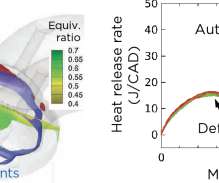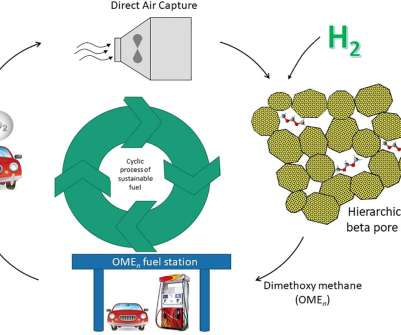Co-Optima report highlights most significant R&D achievements in FY2019
Green Car Congress
JUNE 4, 2020
Trucks make up just 4% of all US automobiles, but MD and HD vehicles—from big rigs to delivery vans—account for more than 25% of transportation-related fuel consumption, and diesel averages 44 cents more per gallon than gasoline. Renewable Feedstocks to Produce Commercially Viable Diesel Blends.











Let's personalize your content